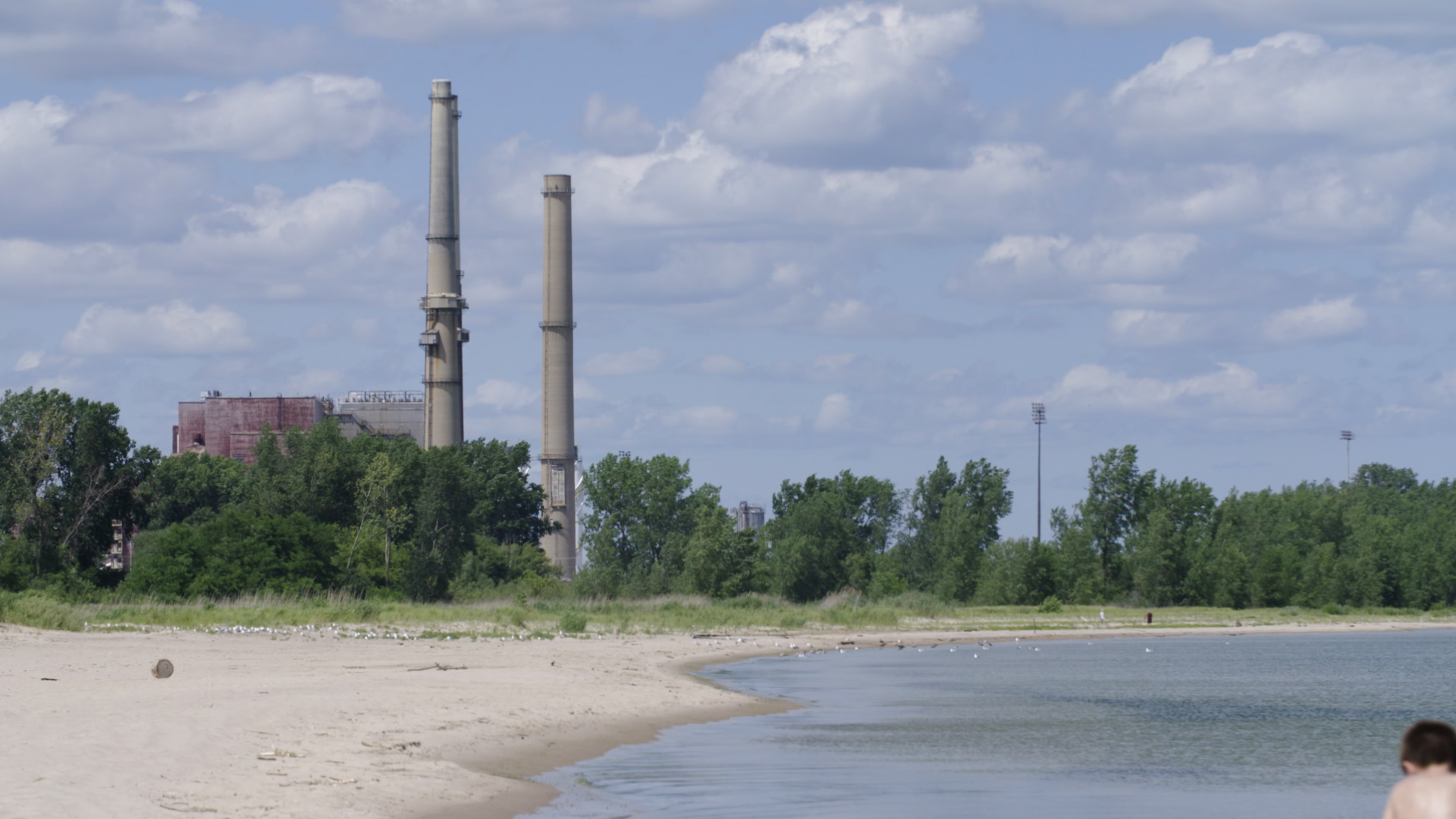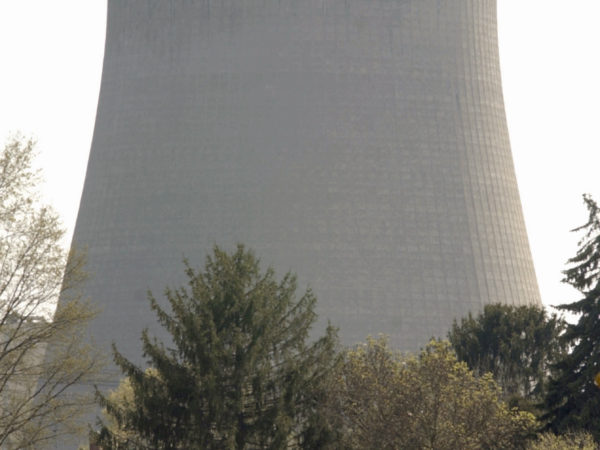
In August, the “Poisonous Ponds: Tackling Toxic Coal Ash” student reporting initiative investigated the complicated policy and impacts of coal ash in the Great Lakes. The special collaboration included Great Lakes Now, The Energy News Network, and Northwestern University’s Medill School of Journalism, Media, Integrated Marketing Communications.
Keep up with more coal ash news published by The Energy News Network as part of this project:
How Puerto Rico’s banned coal ash winds up in rural Georgia
After Puerto Rico banned coal ash storage, the toxic waste from its coal plant is being quietly shipped through Florida to Georgia. Residents and leaders are upset, but feel powerless.
As utilities seek to relocate coal ash, will Black communities bear the burden?
In Georgia, ratepayers face a big bill for coal ash cleanup, while a utility profits
‘High and dry’: How toxic coal ash could be the next opportunity — or the next broken promise — for the Northern Cheyenne tribe
Long burdened by a coal plant, South Memphis residents say no to coal ash in their backyard
South Memphis residents have long suffered from pollution from TVA’s Allen Fossil Plant. Now TVA is trucking the coal ash through their community to a nearby landfill, and documents show the federal agency finalized this plan while leaving residents in the dark.
Catch more from The Energy News Network at Great Lakes Now:
Greening a home — and the next generation — in Wisconsin
Solar, storage projects set to bring jobs, tax revenue to Illinois coal communities
Featured image: Even as coal plants around the country have closed in high numbers, coal ash is left behind and there’s nearly a billion tons of the toxic material. By nature, these coal plants are usually near water, and the leftover coal ash can leach into groundwater affecting drinking water for nearby residents. (Photo Credit: GLN)




